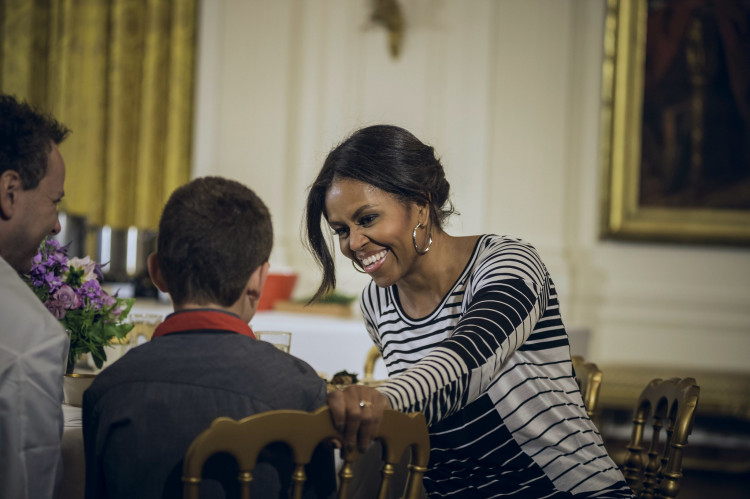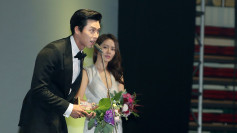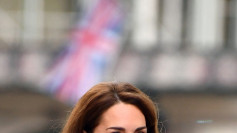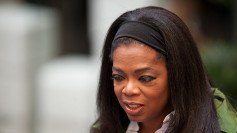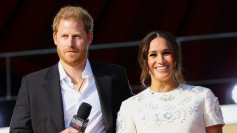Michelle Obama is facing renewed public scrutiny following the release of her new book, The Look, which argues that fashion played a deliberate role in shaping her political and public presence during her eight years in the White House. The former First Lady's description of clothing as a form of strategic communication has ignited debate across fashion circles, political commentators and social media users, many of whom accuse her of adopting a tone reminiscent of the fictional fashion executive Miranda Priestly.
The discussion intensified after early readers and critics highlighted the way Obama frames clothing as an intentional exercise in power and influence, a stance some fashion insiders said echoed the authoritative voice of high-fashion gatekeepers. The criticism is playing out as Obama collaborates again with longtime stylist Meredith Koop, who co-authored the book and helped shape many of the wardrobe decisions discussed.
In the book, Obama describes fashion as a central communication channel during her time in Washington. "What I wore was important ... people looked forward to the outfits, and once I got their attention, they listened to what I had to say," she wrote, framing clothing as a type of "soft power" that helped her navigate the unrelenting scrutiny of public life. She notes that fashion's cultural impact extends far beyond aesthetics, pointing to its role as a multibillion-dollar global industry.
The reaction has been divided. Critics argue that the book's tone risks alienating everyday readers by elevating style into a political tool. They say that highlighting the strategic nature of clothing can come across as elitist in a moment when Americans face daily economic pressures. Supporters counter that Obama is simply offering transparency about the pressures placed on women-particularly women of color-in highly visible roles.
Obama emphasizes that the project is lighter than her previous memoirs, presenting it as a candid reflection on the daily decisions that shaped her public image. Koop's involvement underscores the professional collaboration behind the scenes, offering readers an inside look at how political figures weigh aesthetics, optics and public expectations simultaneously.
Throughout the book, Obama revisits the intense attention her wardrobe drew during her White House years, from debates about sleeveless dresses to commentary on hairstyles and even travel outfits. She recalls how minor changes, such as cutting bangs, sparked disproportionate reaction and speculation. Those experiences, she says, helped define her understanding of clothing as communication.
Obama writes that life after the White House has brought a shift in priorities. Now in her sixties, she favors denim, braids, boots and pared-back silhouettes-choices she frames as expressions of personal comfort rather than political messaging. She also rejects the notion that older women should recede from visibility, insisting she will not "disappear" as she ages.
